The Taste of Wings to Come
The historical ironies of Western bug-eating trends
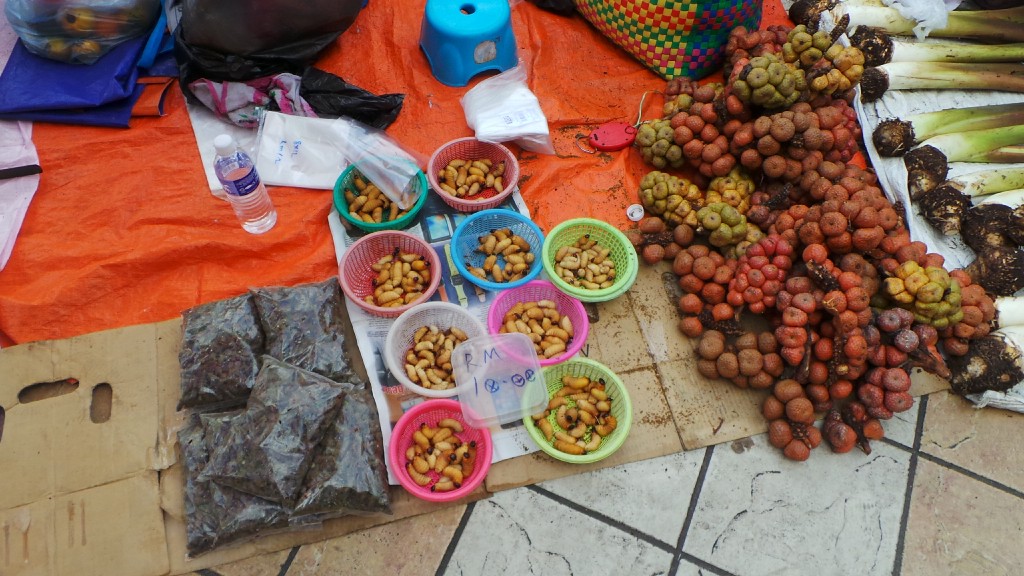
This past holiday season, the startup Six Foods sent out an ad blast inviting their existing consumers and writers alike to spice up their festive parties with their Chocolate Chirp Cricket Cookies. Their messaging played up the novelty of such a product — “feeding crickets to friends usually receives an interesting reaction,” read one solicitation. But the truth is, cricket products aren’t that special anymore. From mealworm spreads to scorpion-laced chocolates or from cricket energy bars to bread mixes to Six Food’s own two-year-established Chirp Chips, American shoppers today have their choice of well publicized and easily obtainable buggy foods.
Entomophagy, or insect eating, exploded in the West over the past half-decade thanks to a series of well-publicized studies by the United Nations Food and Agriculture Organization and talks by scientists. Bugs like crickets and mealworms, the experts said, contain as much protein as animal meats — and often more nutrients — but with less fat. And they can (arguably) be produced with less feed or fewer greenhouse emissions. Scores of startups responded to these reports, backed by big names like the rapper Nas or tech age self-help guru Tim Ferriss. By 2014, entomophagy was already a $20 million industry. By 2015, multiple industry consultancies were forecasting it as a top emerging food trend, and it’s likely to keep growing.
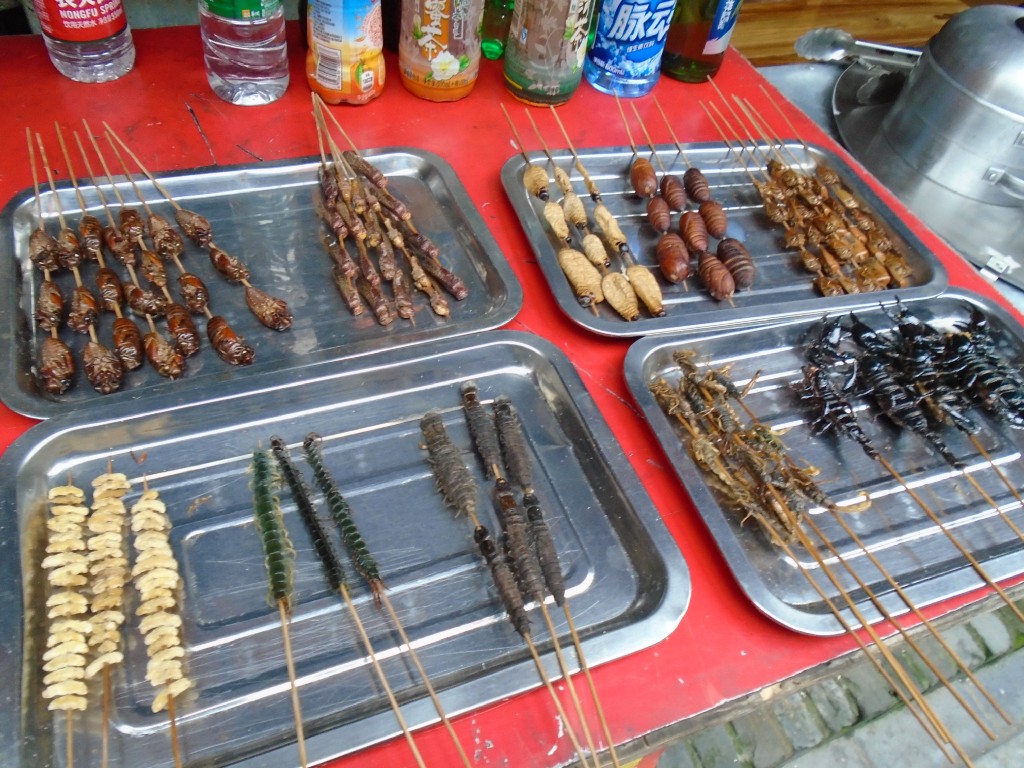
For all the attention it receives today, there’s one element of insect eating in the modern West that often gets ignored — a tragic irony. Many early reports and the companies they inspired shore up their pro-bug agenda by noting how common entomophagy is in the wider world and throughout human history. But they fail to acknowledge that in almost every society with an insect-eating tradition, the practice is on the wane, largely due to Western cultural pressures to modernize.
It’s near impossible to know how widespread entomophagy was at its historical height. But based on the facts that there’re between 1,000 and 2,000 documented edible insects spread all across the globe (albeit out of over six million total) and that cultures today averse to the practice have some records of it (like seventeenth-century Germans devouring fried silkworms) it’s likely that at some point most (if not all) societies ate bugs. Tropical regions, where diversity and availability are higher, may have even depended on them for nutrition, while in other areas they’d been primarily scarcity or delicacy foods. But entomophagy is a universal of human history.
As of 2005, UNFAO reports count about two billion people within 3,000 ethnic groups, spread across four-fifths of all the world’s nations, who still eat insects as delicacies or common foods. However according to David Gracer, an early and well-known Western entomophagy advocate, many mid-2000s reports citing these figures also noted (in asides) a consistent drop-off in the practice, especially in more traditional bug-eating heartlands like Africa and Southeast Asia.

Some have suggested that entomophagy naturally declines as traditional cultures develop widespread and effective agriculture. Sedentary agriculture, the theory goes, not only provides a much less work-intensive source of protein than wild insect harvesting, but it also turns bugs from an ally into an enemy, ready to threaten a more stable source of food in the fields. But this theory falls apart when one considers the prevalence of insect eating in agriculturally intensive regions from Mali, where people working in or on their way to their crop fields historically picked up any grasshoppers they found as a snack, to Japan, where rural folk long incorporated various larvae or even wasp-studded rice crackers into snacking menus, well into the modern era.
The only convincing explanation for entomophagy’s rapid decline is the joint influence of Western culture and modernization. On the most mechanical level, the more developed a civilization becomes, the harder it becomes to harvest insects — whether due to the proliferation of pesticides or urbanization and the attendant loss of insect habitats. Both forces mean anyone interested in eating bugs would have to go further to find them than they used to and that future generations will have a harder time developing a taste for them. Development and urbanization doesn’t have to spell an end to entomophagy, though. Case-in-point, per Arnold van Huis of the Netherlands’ University of Wageningen, some bugs — commonly various grasshopper species — still thrive and can be harvested in cities. And entomophagy is actually growing in the ever more urban Thailand, where insect farming in fields or in city homes remains popular and profitable — but demand remains so high that locals actually have to import bugs from Cambodia to meet it.
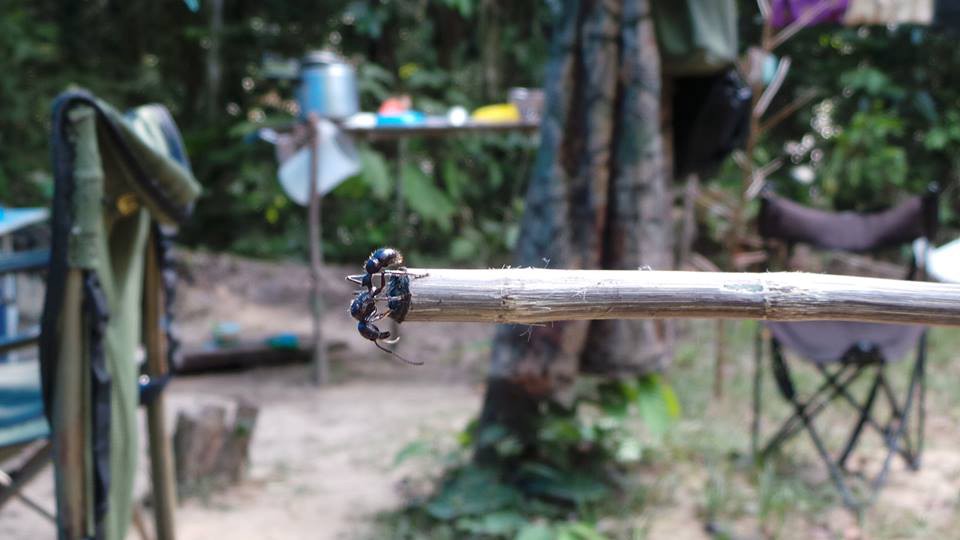
More than habitat loss or pesticide usage or urbanization, the bane of entomophagy around the world has been the West’s aggressive proselytization over the past two centuries of its own phobias and hang-ups around insects. By the eighteenth century entomophagy in Europe was almost entirely unheard of (though it was never huge to begin with). When explorers encountered it in the wider world, some scholars tried to revitalize the tradition in the West as a practical food source — see Rene Antoine Ferchault de Reaumur’s Memoires pour server a l’Histoire des Insectes in 1737, Foucher d’Obsonville’s Philosophic Essays on the Manners of Various Foreign Animals in 1784, and V.M. Holt’s Why Not Eat Insects? in 1885. But most just read it as a savage and unsanitary behavior, eventually looping entomophagy into a fashionable nineteenth-century cultural Darwinism as a sign of primitivism to be shaken off to progress culturally.
This led well into the twentieth century (and in some places even today) to active ridicule and bigotry, exemplified in Harvard entomologist Charles Brues’s endnote on entomophagy in his 1946 Insects, Food, and Ecology: “We may return to this as it serves royally to bolster up the feeling of race superiority, Nordic or otherwise.” The effectiveness of ridicule is reflected quite openly in accounts of encounters with traditionally insect-eating Native American groups in the southwest in the nineteenth and early twentieth century. According to Brues, Native peoples would try to hide their entomophagy from researchers because, “the recent influx of wide-eyed and hilariously mirthful tourists [had] made the Indians bashful.”
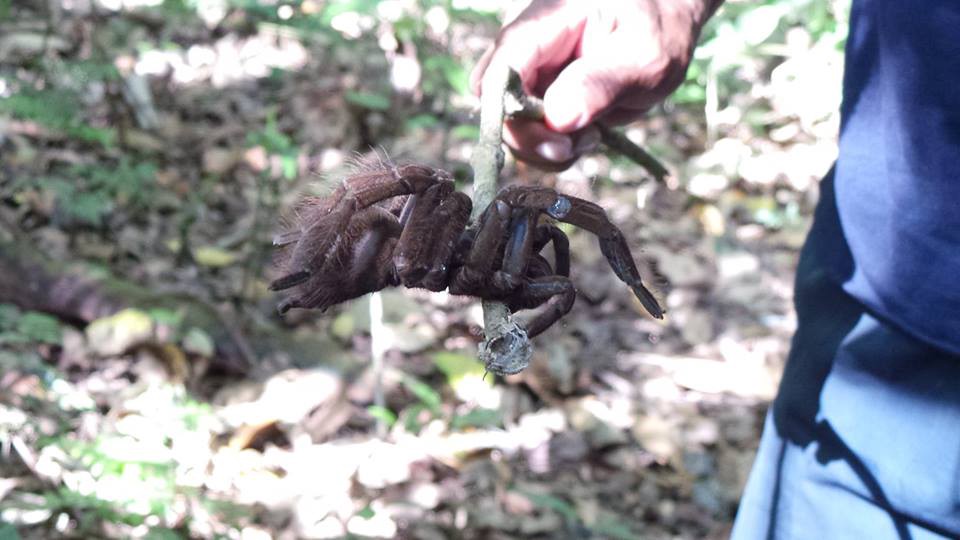
Early twentieth-century Jesuit missionaries in California noted that, despite the express mention of entomophagy in the Bible (e.g. locust eating or, according to some views, the manna of the Sinai desert, which may have been insect excretions), they actively taught that insects were dirty and that insect eating could be a cause of civilizational ruination. Often these teachings flew in the face of local dietary needs; some have argued that they led to chronic malnutrition throughout the developing world due to inherited cultural hang-ups.
When those ridiculing you and preaching are in a position of political, military, and relatedly cultural dominance, Gracer points out, there’s a strong incentive to dissimulate towards them: “The people in traditional societies who were first adopters of new ways consistently benefitted by it in terms of agency, in terms of advantages,” he says. Those who abandoned entomophagy stood a better chance at success under Western rule, and served as examples for their peers.

Modern Westerners like to think we’ve moved far past such explicit cultural chauvinism. But the practice of exoticizing and ridiculing entomophagy is alive and well, as Rene Redzepi of the renowned Copenhagen restaurant Noma recalled after he started working with ants about a half-decade ago: “I felt the animosity toward people who eat insects, the Western self-righteousness. As if it cannot be good because people from ‘lesser societies’ eat these things.” (Gracer adds that it’s still very common for people to consume insect dishes unwittingly, love them, and then react with anger and disgust when confronted with the reality of the ingredients.)
Not only have negative attitudes towards entomophagy persisted, animal meat has become a symbol of status for upwardly mobile folks in the developing world. The development of accessible communications technology has fueled the spread of Western TV and movies, news (with its insect dread stories), and other cultural symbols to the farthest reaches of the earth. Their proliferation seems to map onto the widely observed drop off of entomophagy from Benin to Botswana to Japan to South Africa and beyond in the space of just ten, twenty, or thirty years.
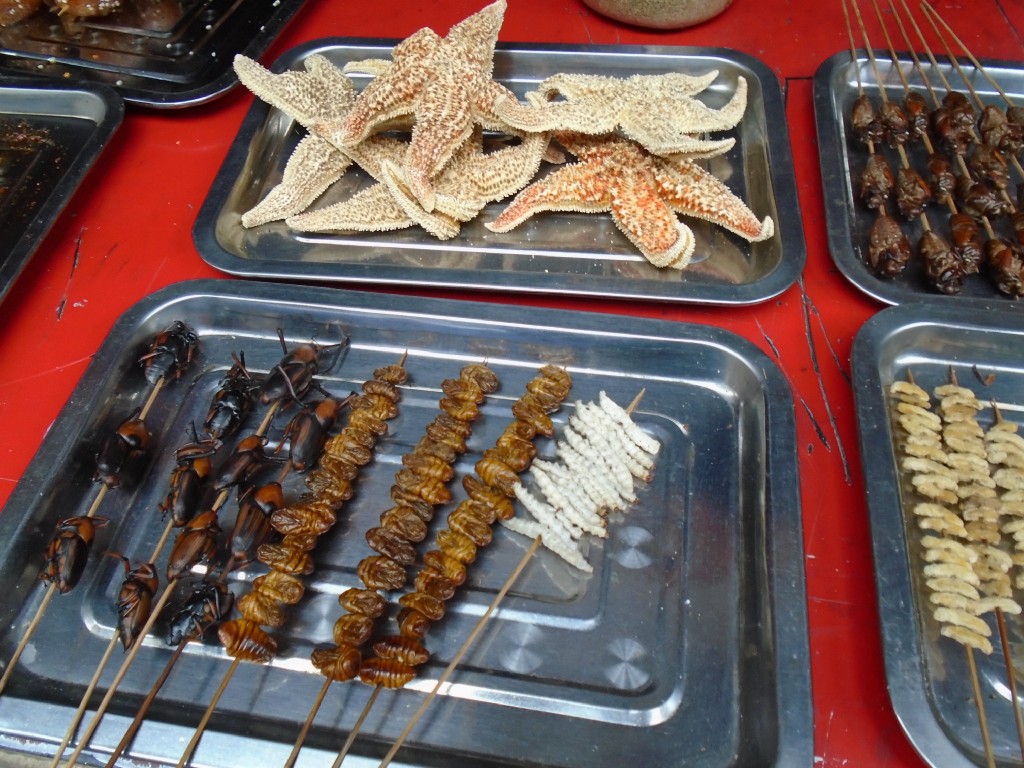
“I doubt that I would be willing to eat the same snack again,” wrote New York-based Korean-American painter Kira Greene in 2011 of her childhood spent eating silkworms, exemplifying this cultural force, “now that my thoroughly Western education (including nightmarish visions of Kafka’s Metamorphosis) have instilled an incurable case of entomophobia.”
Often outright rejection and ridicule for entomophagy rather than just a passive neglect for old traditions mark the shift. An account in Hugh Raffels’s 2010 Insectopedia of a visit to an insect museum in Japan includes a note on children, likely just one or two generations removed from a domestic history of entomophagy, mocking displays on Thai insect eating as primitive and stupid. (No one’s entirely sure how Thailand escaped the wave of anti-entomophagy and instead ran in the opposite direction. Gracer thinks it probably has something to do with the fact that their late, beloved king promoted the tradition heavily during a famine in the 1970s, building up a strong, modern insect-farming infrastructure — think warehouses or rough tents packed with crates, each packed and stacked with simple insect habitats, like cut-up egg cartons crawling with grasshoppers — and inculcating a sense of local pride.)
Given the historical basis for this widespread rejection of entomophagy, there is a tragic irony to the growing trend in the West. The local Australian tradition of eating wichetty grubs nearly died out due to European judgment, but now lives on in large part as a draw for Western tourists, and accounts of ancient Southeast Asian entomophagy are now used to sell haute cricket bars. There appears to be no recognition of this irony in Western entomophagy start-up materials.
“That level of metacognition is simply unreasonable to expect, especially from Americans,” said Gracer, who adds that he also sees many, but not all, modern entomophagy entrepreneurs as fairly blind to this. He does believe a few truly want to revive entomophagy worldwide, even if they want to do so more to save the earth than to right a detrimental historical cultural slight.

Much of the recent, trendy Western entomophagy, with its disengagement from this history, is just another slap in the face to insect eating cultures around the world — rejection followed by an about-face turning discarded traditions into the new it. That’s the ultimate cultural hegemon-slash-Mean Girl move. On an utterly practical level, a failure to address this global decline invalidates the earth-saving rhetoric of these organizations — slowly building up the fashionability of entomophagy in the West means almost nothing if the practice in the wider world continues to collapse. From a historically moral and ecologically practical standpoint, entrepreneurs should be using their physical and social capital to spread a new message of insect acceptance through the world — and could do that by working explicitly towards creating sourcing markets for a diverse array of insects from traditional insect-eating societies.
Showing the West’s desire for insects — and transformation of them into chic, modernity-compliant forms like bars, biscuits, and flours — while creating a market to make innovation, tradition, and natural conservation pay worldwide could go a long ways towards repairing the damage of years of snobbery and truly advancing a culinary tradition with gobs of potential. At the very least, it would show historical and global contextual self-awareness — something that’s been lacking in the gung-ho, uncomplicated utopian futurism of trendy Western entomophagy thus far.
